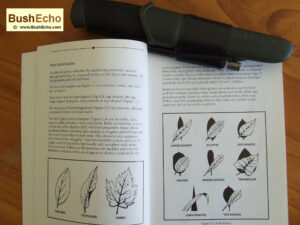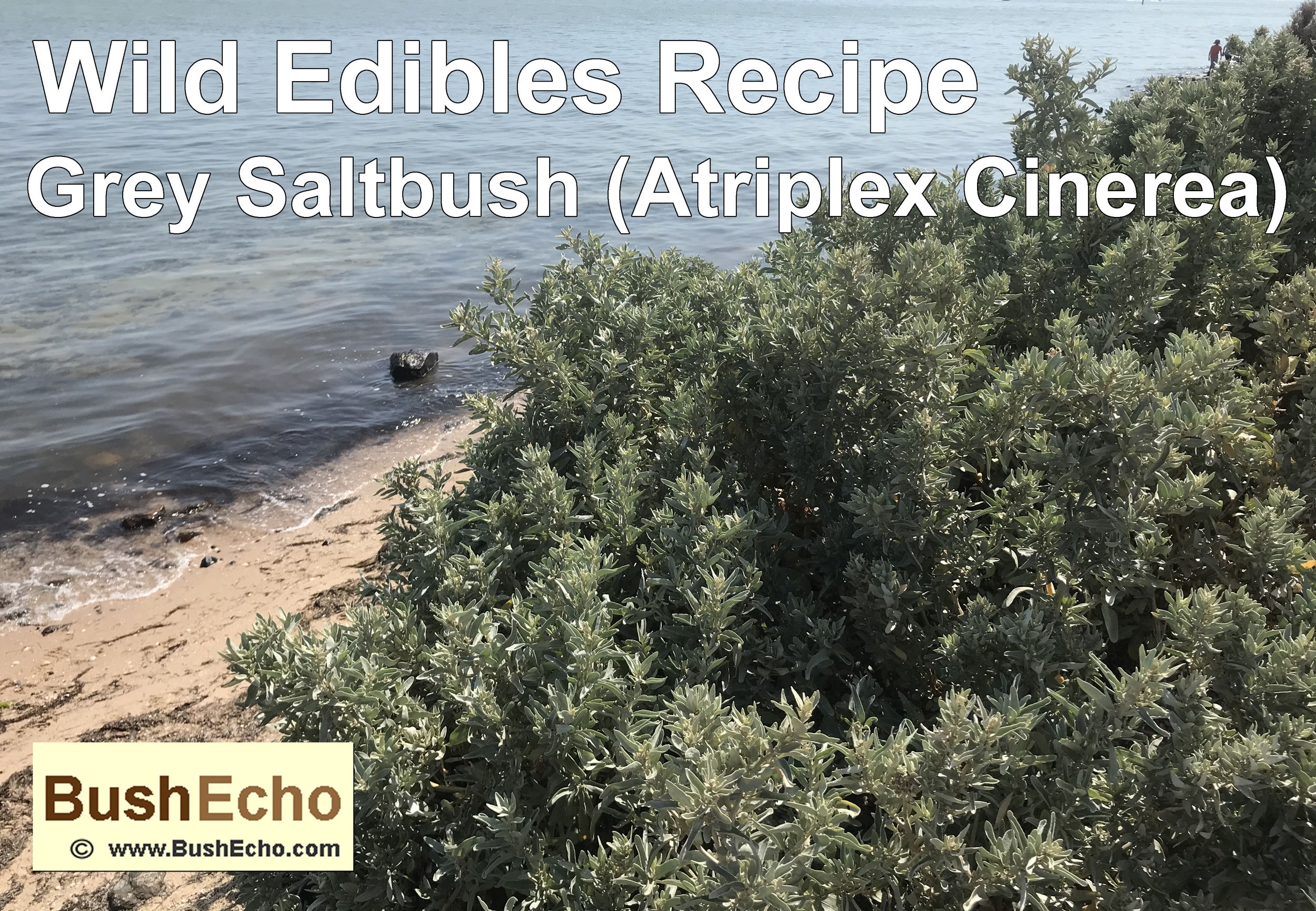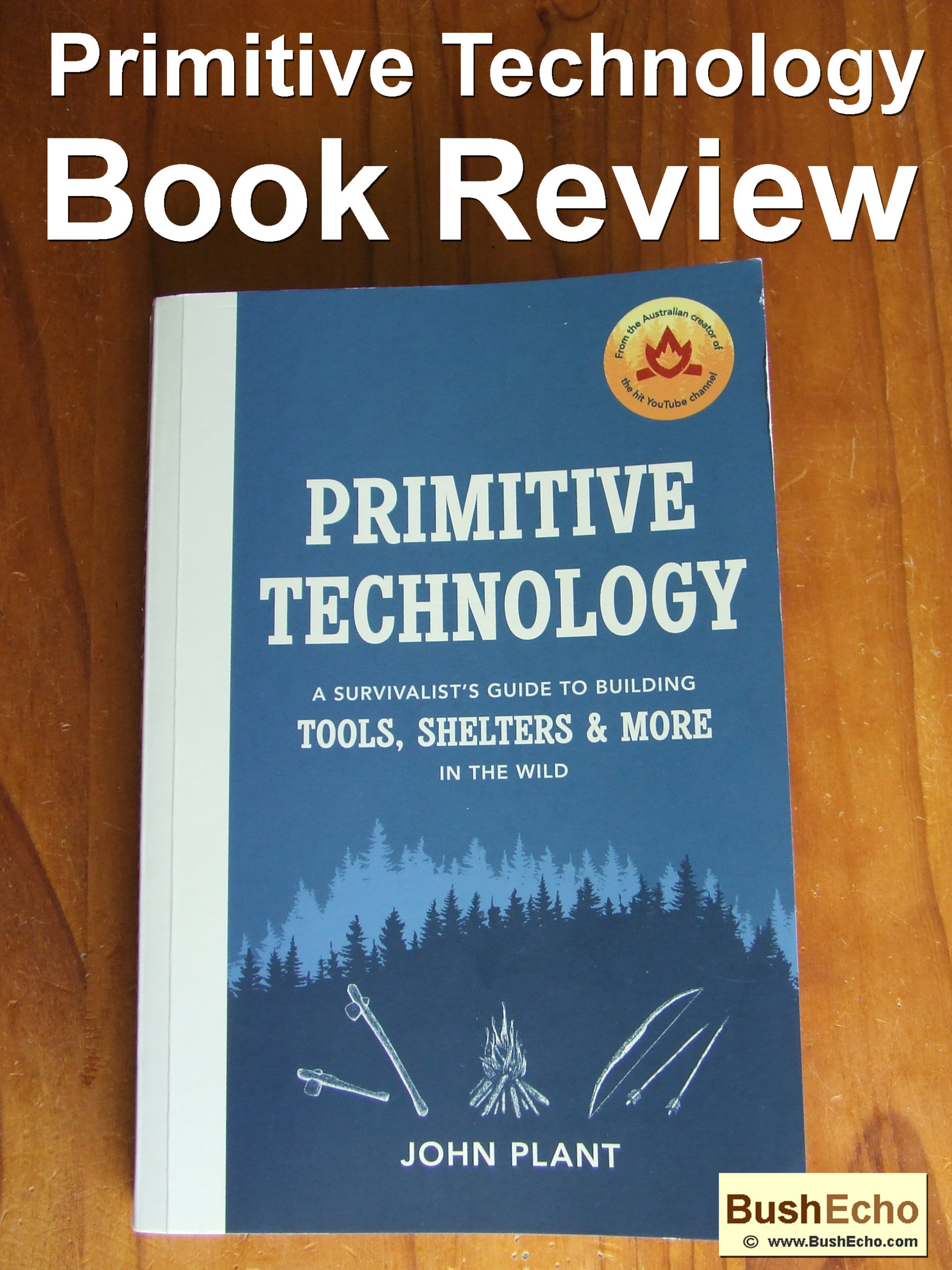
Before we start the book review of, The Illustrated Guide to Edible Wild Plants, I am not an expert on edible plants by any means. Always triple check your information and never eat anything that you can’t 100 percent identify. I have played around harvesting and eating a few local plants, but not an authority in anyway. Especially with the amount of different edible plants and poisonous plants found throughout the world.
The Illustrated Guide to Edible Wild Plants. By the Department of the Army, originally appeared in the U.S. Army Survival Handbook in 1985 as an appendix called, Edible Wild Plants with Illustrations.
The book I have, has 149 pages, with 127 different plants listed. Unlike a lot of other wild edible books, this one also describes a fair few poisonous plants to be aware of. It lists 18 poisonous plants and seeds.
At the start of the guide it has plant leaf and root illustrations of the different shapes of the leaves for identification. Like lance shaped leaf, elliptic and oblong shaped leaves, etc.
The book also contains the Universal Edibility test, which is listed in a few survival and bushcraft books. Basically it lists a number of steps you take to determine whether or not a plant is edible or not. Such as, touch a bit of the plant on your lip, wait a certain amount of time. If no negative effects, then place a small bit on your tongue, etc., etc. (This test can be open to a lot of debate from bushcrafters and foragers. As some people believe you should never eat anything without being 100 percent certain the plant is edible.)

The book lists the botanical names of the plant species and generally one common name. The information about the plant is divided into three sections on the page. 1. Description. 2. Habitat and distribution. 3. Edible Parts.
The Illustrated Guide to Edible Wild Plants as mentioned has some information on the actual specific edible part/s of the plant. This is important as you can have certain parts of the plant might be okay to eat, but other parts might be toxic. An example of this in general is, the roots might be edible on one plant, but the stem and leaves are poisonous, or vice versa. Also if the plant can be consumed raw or has to be cooked is also noted in the book. Such as if the plant might make you very sick if eaten raw, but cooking might make the plant safe to eat. However the book doesn’t go into great detail about how to prepare the plant in great detail.
Negatives of the book.
Some draw backs of the book are: The majority of the plants have colored photographs. However out of 127 plants listed, seven have black and white illustrations. While the illustrations are better than no visual reference, the colored photos are general more detailed.
There is one plant listed, that doesn’t have any photos or an illustration. The guide lists one common name (And botanical name.) however, it doesn’t list other names that the plants might be called. (There are a couple of plants listed in the book, where this is an exception.)
While it is designed for the U.S. army, even in different parts of North America a plant might be commonly called two or three names. Different countries like England, Australia, etc., also can have various different names for the plant as well.
While there is no substitute for the botanical name, listing other common names might make the book better-rounded. An example is the Cattail plant (Typha latifolia) it also be called names like, Reed mace and Bulrush.

Another negative of the book is for the edible plants pages, it possible could list the poisonous plants look-a-likes. So the edible plant is not mistaken for a similar looking poisonous plant.
Some information about the plants only cover about two thirds of the page. The other third of the page is blank white space. You feel like the authors should have tried to put more details and information about the plant. Or at least put more photos in about each plant to utilize the whole page.
Book review summary.
The book lists a large number of edible plants, which is great. However because of the large number of plants, it means there is less information about each edible plant.

I think for a guide, it is good for getting an initial rough identity of the species of plant. However for you to be one hundred percent sure of plant identity before eating you would double check with a local expert. Or triple check with a number of other reputable edible plant and bushcraft books and other resources before eating anything. If you are aware of this books limitations and use it in cross reference with other guides and local knowledge, it is worth having on the bookshelf.
The Illustrated Guide to Edible Wild Plants, covers a wide variety of plants, trees, etc. but just not each edible plant in great detail. This book can be found on Amazon and eBay. The version I reviewed was published in 2003. ISBN code 1-58574-661-4
Affiliate Links – This article may contain some affiliate product and Amazon affiliate links. This comes at no additional cost to the reader, and helps to support the website. Thank you.
Copyright © by BushEcho. Content on this site cannot be copied and is protected by copyright law. Please contact the author/s for permission.
Disclaimer – This information is for educational purposes only. The author/s and website disclaim liability for any damage, mishap, or injury that may occur from engaging in any activities or ideas from this site.




